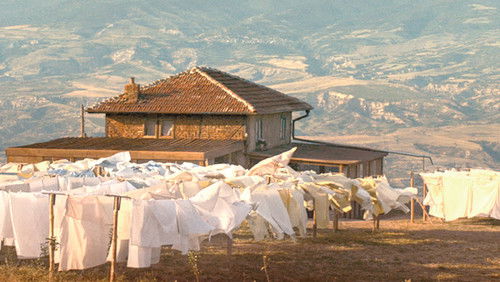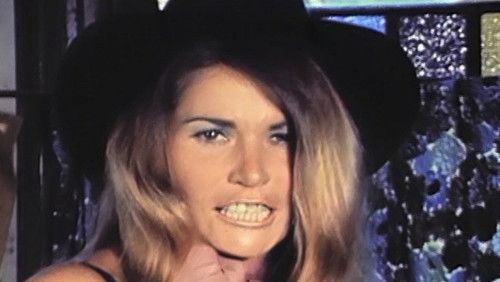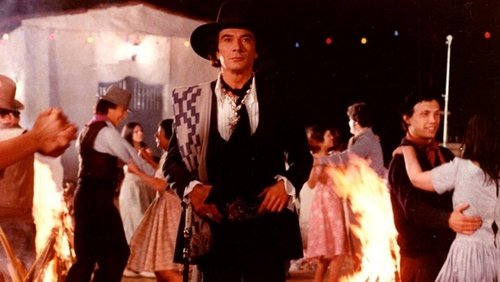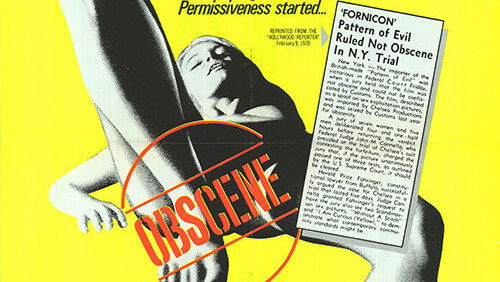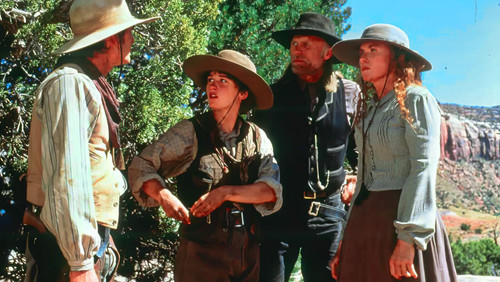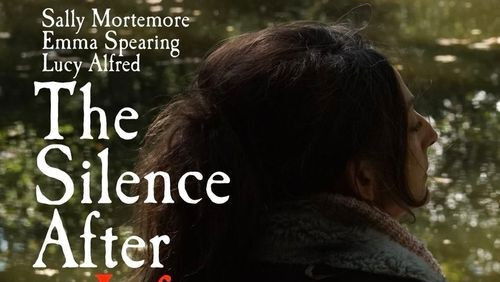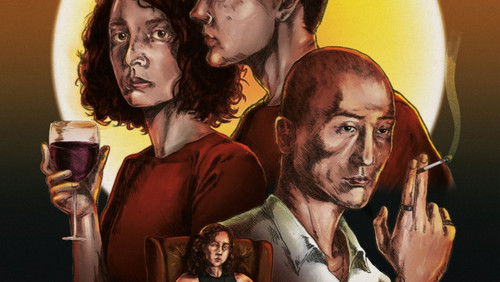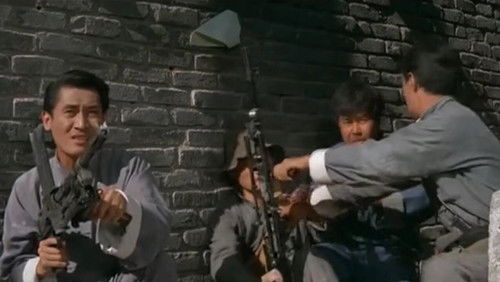Symphonie der Liebe (1933)
52KSymphonie der Liebe: Directed by Gustav Machatý. With Hedy Lamarr, Aribert Mog, Zvonimir Rogoz, Leopold Kramer. Eva has just gotten married to an older gentleman. She leaves him and one day, she meets a young man and they fall in love. Fate brings the husband together with the young lover that has taken Eva from him.
“This is romanticism in the original 18th and 19th century sense of exalting human emotion and imagination, depicting the nature of sex and human relations in terms of powerful, elemental forces mirrored and symbolized in nature. Itu0026#39;s prototypical also of European art cinema, which Iu0026#39;ve always had a weakness for. A romance, yes, but not in the sense of some smarmy u0026quot;relationshipu0026quot; flick. All that aside, itu0026#39;s just strikingly beautiful, and a real treat for people who relish earlier styles of film-making. On reading some brief blurbs about the new DVD edition before getting it, I kind of got the impression that it was some cheap u0026quot;shockeru0026quot; in the manner of u0026quot;Sex Madnessu0026quot; or u0026quot;Reefer Madness,u0026quot; which couldnu0026#39;t be further from the truth.u003cbr/u003eu003cbr/u003eAs has been remarked, itu0026#39;s practically a silent film with a continuous musical score. Released very early in the 1930s, I have to wonder if it wasnu0026#39;t originally conceived and largely shot as a silent, and retrofitted for sound. Spoken lines are never more than a brief sentence or two, and most often just one or two words. This is at a time when American films were thick with dialog, taking full advantage of the new sound technology. I think much of the communicative power of cinematography was shoved aside or forgotten with the advent of sound. Had this picture been done in the United States at that time, quite apart from the demands of the sensors, a continuous patter of verbal exposition and just plain yammering would have been insisted-on by those financing it. Thankfully, it wasnu0026#39;t, and we still have this almost-forgotten gem to show for it.u003cbr/u003eu003cbr/u003eThe direction and cinematography isnu0026#39;t really revolutionary for its time, as it uses techniques, camera tricks, editing and points-of-view that had already been invented by earlier pioneers of silent film, but their presence still makes it stand strikingly apart from the vast majority of mainstream films of the era. There is visual sexual symbolism obvious enough to raise a giggle or two from some modern viewers (Eva pensively toys with her ring while lying on the bed on her wedding night, one drooping flower drips into another receptively open flower after a violent rainstorm). Itu0026#39;s hardly out of place, as sex is at the very center of the film.u003cbr/u003eu003cbr/u003eThe musical score is extremely specific to the action, and is highly lyrical. It may strike some modern viewers as a bit too cloyingly sweet, but I find it appropriate to the style and powerfully effective for getting you into the spirit of the piece. It helps evoke the wide range of mood in the film, which at the very start almost looks like a whimsical romantic comedy. The mood darkens considerably as it moves on.u003cbr/u003eu003cbr/u003eA story is told powerfully and with great visual artistry, without any superfluous exposition or jabber. For me, itu0026#39;s the essence of cinema. It was a big surprise for me, and Iu0026#39;m grateful for the opportunity to finally see it.”
